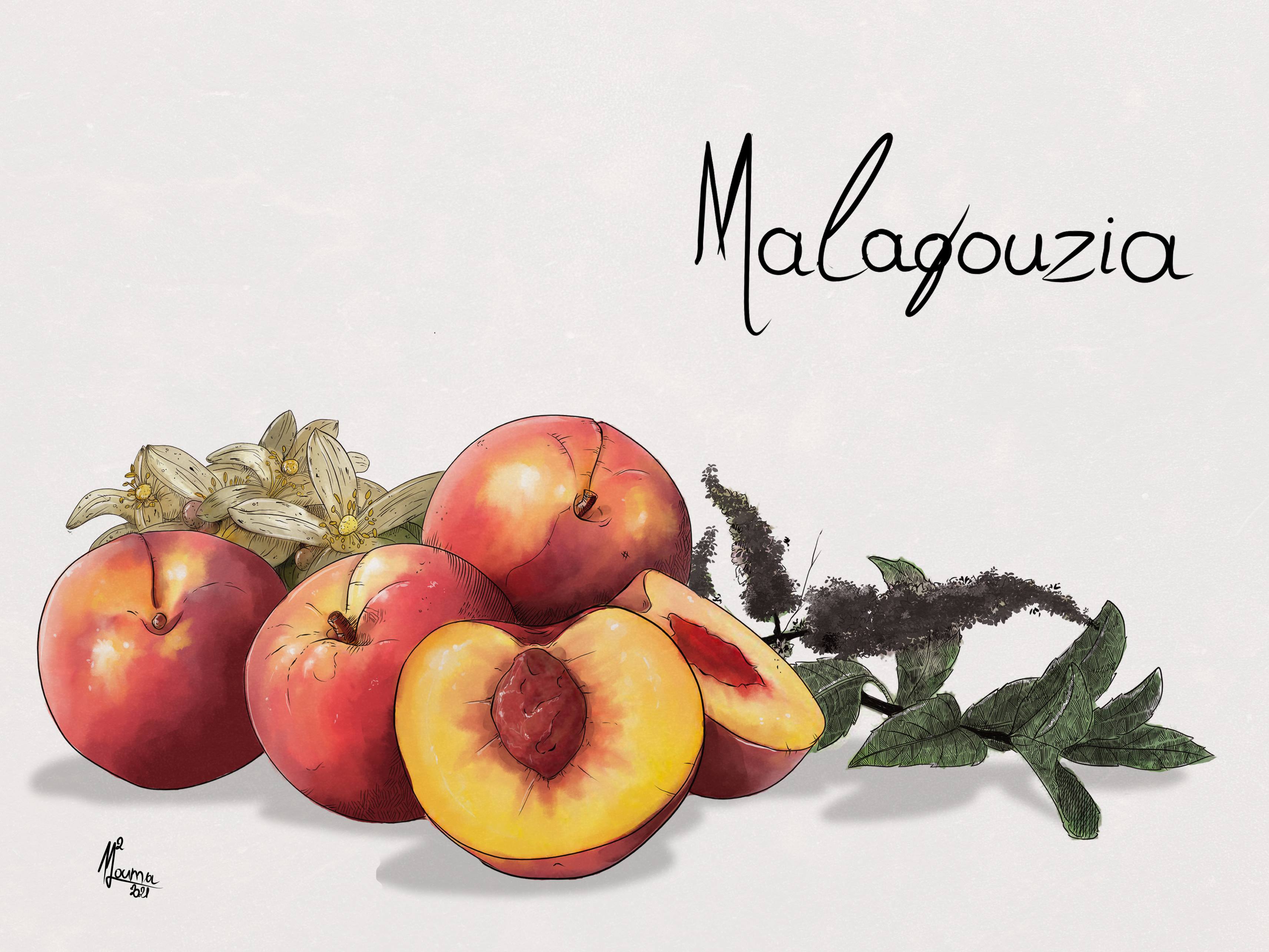
Malagousia
By Yiannis Karakasis MW and Professor Stefanos Koundouras
In a nutshell
Μalagousia, is literally a re-discovery, a back to the future journey on Greek varieties. A white grape saved from near extinction (until the late '60s) that has quickly taken over the hearts of most producers. Ιt is now being grown literally in every corner of the country. Its plantings far exceed 500 hectares of vines; it is vinified successfully both on its own or as a part of blends (usually taming Assyrtiko). It can be a leader but also a team player.
Not much is known about its origins. From all the information I have gathered over the last years and interviews with Evangelos Geovassiliou, who is regarded as the "father" of the variety, the person that is credited with the rapid fame of Malgousia, we can assume two things. First that Malagousia was re-discovered by agronomist Kotinis in Nafpaktos in the late '60s. And, second that the Insitute of Vines in Athens (Stavroula Kourakou led that at the time) via Kotinis offered cuttings of Malagousia to late Professor Logothetis. They planted an experimental vineyard in the grounds of the Porto Carras winery in Chalkidiki, Macedonia.
Nafpaktos (Kotinis)>>>via Institute of Vines and Kotinis to Porto Carras>>>Logothetis plants an experimental vineyard.
In the beginning, it was used as a blending component of the white blend of Chateau Carras, but in 1994 it was vinified as a single varietal wine under the supervision of Evangelos Gerovassiliou. Gerovassiliou was working as an oenologist at Porto Carras with the support of Dr Emile Peynaud. He later started his vineyard in Epanomi and invested largely in the variety and new varietal wine.
Although the variety has a natural home in mainland Greece, it has found fertile ground all over the country. Numerous plantings are found in Macedonia and to the south in the Peloponnese and even Rodos. In this beautiful island of the Dodecannese, it contributes to the very rarely seen PDO Rodos.
It is a moderately aromatic variety that is differently expressed depending on altitude and ripeness level. Thus, aroma styles can range from herbal, minty, citrusy, to more peachy and tropical, always with a floral signature. It classically produces wines that have intensity, concentration, medium-full body with highish alcohol, but of medium acidity.
In the vineyard
The place of origin is Nafpaktos and Messolonghi, in western Mainland Greece, with the first report on the variety in 1888 by Othon Roussopoulos. Fifty-five years passed from that Roussopoulos publication, without another written report until the first viticultural description of the variety in 1943 by Vassos Krimpas.
After the Second World War, the variety was cultivated as a co-cultivation with Moschoudi and various Roditis, but with the landscaping in the Nafpaktos plain and the development in Messolonghi, the variety almost disappeared from its place of origin. In 1967, the Institute of Vines received some cuttings from the few vines owned by the Valandreas viticulturist in the Neochori community of Messolonghi. This was carried out by Kotinis.
It is a variety that does not produce a significant number of clusters. However, yields are high mostly because of the size of the clusters that can easily reach 400 to 500 g, with big fleshy berries. Clusters tend to be very compact, especially when the plant is vigorous. This, in addition to the somewhat thinner skin, makes the variety prone to disease infection (mostly botrytis and less to mildews) and insect attacks (grape moth).
As one would expect, due to its high vigour, it tolerates dry conditions well. Best results come from low fertility soils, where it produces loose clusters and lower yields.
One of the earliest ripening varieties among Greek cultivars (ripens approximately around the same time as Sauvignon blanc) places the harvest in mid to late August, in most regions. Therefore, for more aromatic wines, cooler areas are recommended to shift the harvest towards early to mid-September.
Clones
Clonal selection still needs to be undertaken, so currently, no official clones are available in Greece; however, probably two to three biotypes exist the most interesting of which is a biotype with very small berries and loose clusters. Producers like Gerovassiliou and Argyropoulos (Pieria Eratini) argue that they have identified one with larger bunches and another with considerably smaller ones.
Terroirs
As explained above, Malagousia has the soul of a nomad. A no man's land variety that manages to root and express itself all around Greece. The best terroirs, meaning poor soils with altitude, give extra points to the final result. If we try to record the most recognizable these are:
Chalkidiki
On the epicentre of Malagousia's revival, Chalkidiki has proven to be a fertile ground for the variety. In Sithonia, the variety was first planted at low altitudes (100 m) in Domaine Porto Carras, red clay-sandy soils that benefit from the cooling sea breezes. An essential note here is that these approximately 15 hectares of Porto Carras are dry-farmed forcing the roots to go deeper. Over the last few years, there were experiments with new plantings at 300 meters, on schist soils (parcel 7), but no final results have come through yet, although the first trials show a herbal (basil) character.
Moreover, there are significant plantings in Arnaia, more inland, which enjoy a more continental climate. A notable winery of the region specializing in 100% Malagousia is Claudia Papagianni; there are however new efforts by newly established wineries such as Iatridis.
Epanomi
The vineyard of Malagousia in Epanomi, near Thessaloniki, is 32 hectares all privately owned by Gerovassiliou. The first plantings are from 1981. The average age of the vineyards for this wine is 20+ years. The story of the variety, along with Gerovassiliou's involvement, is described above in the 'in a nutshell' section.
The climate in the region of Epanomi is the Mediterranean with mild winters and hot summers, moderated by sea breezes. The sea is three kilometres away and surrounds the vineyard on three of its sides, whereas its west side faces the Thermaic Gulf together with Mount Olympus, and the beaches of Pieria. The soil is mainly sandy with a few clayey substrates and calcareous rocks. It is rich in sea fossils since sea deposits formed the surrounding hilly area. Impressive findings from field surveys conducted by German scientists report that 28 different bird species inhabit the vineyard.
It is harvested at 13% potential alcohol between the 3rd and 4th week of August. According to Argyris Gerovassiliou, this is the time when its typical aromas are better expressed (pear, white-pink peach, citrus, green tea) without becoming unattractively terpenic (if ripe). In Epanomi it is matured partly, ~ 25%, in 2nd and 3rd use French barriques to strengthen the palate and create a fresh wine with character, intensity and proper balance.
Apart from Gerovassiliou, there is a rising number of wineries in the broader area of Thessaloniki that focus on Malagousia, such as Arvanitidis or Moschopolis (blends).
There are approximately 60 hectares of Malagousia in Amyndeo. Alpha Estate cultivates 45 of those while Kir Yianni, who plans to release this summer a single varietal Malagousia, works with another 11 hectares (1.7 privately, and 9.3 contracted producers). The variety is planted at an altitude of 550 to 650m. The soils are medium and light in composition with the percentage of sand exceeding 55% and in some cases, reaching 80%. Drainage is excellent in favour of cultivation. Calcium carbonate does not exceed 20%, a percentage that does not cause problems in farming but gives a unique character to the wines produced.
The soils are of generally low fertility. Harvest takes place between the 10th to 20th September. The weather conditions that prevail in the summer months favour an extended ripening period for Malagousia. The hot days, without extreme temperatures, with the cool nights ensure slow and gradual maturation giving the grapes a rich aromatic character and balanced acidity. Its aromas can be described as predominantly floral with citrus and herbal notes in the background, but in the warmer years, or in cases where a late harvest is selected, a subterpenic character emerges.
Drama
Major plantings are found in semi-mountainous terroirs, 150-300m in altitude, on the slopes of Menikio and Falakro mountain. Soils are mostly gravel and sand with some limestone patches. There are 6 hectares owned by Wine Art Estate, and there are another 12 hectares owned by Costa Lazaridi. 5 ha of those are situated in the highlands of Katafyto at 950m, which give an array of herbal and mineral expressions.
Other producers of the area that have invested in Malagousia are Manolesakis and Michailidis.
Pieria
Most of the vineyards are situated at 120-190 m and are mainly expressed as single varietals by Kitrus (2ha), Chrisostomou and Pieria Eratini (orange interpretation of the variety). These are at a distance of 3 km from the sea, at the end of Pieria in Pydna. Soils are mostly clay-sandy-calcareous soil with sandy zones and significant slopes. The orientation of vineyards is Northeast. The climate of the area is influenced by two critical factors, the constant sea-breeze, that keeps the vines cool, and the significant diurnal variation.
Tyrnavos
This terroir is showcased by Christos Zafeirakis, who has invested in different expressions of the variety. There is the classic Malagousia, one matured in foudres of 2400L and a single vineyard of old vines in Paleomylos, with the vines approaching 20 years of age. Zafeirakis argues that the older vines give a delicious depth of fruit and much-desired complexity. Furthermore, he is probably the single exception that ferments spontaneously. The Tyrnavos wines are always classicly herbal, vertical and salty.
Aegialia
Malagousia in Aegialia experiences cool ripening conditions due to the altitude. It maintains high natural acidity, low pH, which means that correcting acidity, one of the fundamental problems of the variety, is not needed (we often find very aromatic Malagousias from hot areas that are bitter and sour on the palate due to acidification).
Harvesting, depending on the vineyard, altitude, producer takes place between the first and third week of September, succeeding alcohol around 12% abv. This is 3-4 weeks later than its usual dates across the country. Indicatively, at a relatively low altitude of 450m and bush vines the earliest harvest date ever recorded was Sep 3rd.
It is common for producers like Tetramythos, to tame acidity, but also to strengthen the palate intensity, to macerate before the press at low temperatures for 30 hours. During this time there is a natural decrease in acidity by 2 grams per litre and an increase in pH of 0.2, says Panagiotis Papagiannopoulos of Tetramythos. Despite this and Malolactic conversion that follows, the wine retains a cool character.
So far, single varietal Malagousias are produced by Tetramythos, Edanos, Kanakaris, Kintonis, Cavino, Rira (the latter does not belong to the typical characteristics of Aegialia, located at low altitudes) and Karanikola. Blends also exist from Mega Spilaio and Rouvalis. Theodora Rouvali from Rouvalis winery calculates total plantings between 15-20 hectares.
Styles
Μost examples are vinified with no oak influence resulting in wines that express either fruity, muscat or herbal aromas. Few examples can be mineral or smoky; these have usually seen lees contact and/or ageing in concrete or oak.
As we explore the variety further, it is natural to see more experiments with either Burgundian techniques or maturation in a variety of vessels. This will ultimately push boundaries on what we know about Malagousia to now and will fill the canvas of the variety.
Aromas and structure
Malagousia is an expressive and sometimes sensual variety. Textbook aromas include flowers such as lemon blossom and jasmine or herbs, such as thyme or sage in cooler mesoclimates, followed by a rich and round palate with soft acidity. Up to approximately 13.2% abv, the citrus fruit expression is dominant but when alcohol goes above 13.5% terpenes oxidise, and aromas lean more towards a Muscat character, which means that, in a way, the variety loses its typicity.
Ageing potential
Having tasted quite a few aged Malagousias, I have observed that best results are acquired during the first five years from the harvest. I suspect that a stelvin closure will add an extra three to five years, but again I am not sure that it will be worth the effort. Undoubtedly, oak fermentation and maturation gives more structure for cellaring. Having said all of the above, it would be fair to point out that Malagousia is a recent discovery of the Greek vineyard, with encouraging results so far, and many unexplored characteristics. In terms of quality, it is quite hard to expect many top tier wines, when the variety has a mere ten years of production. If however treated as a quality grape there is a lot of complexity, ripeness and depth.
The future
Popularity: Gerovassiliou pointed out that Greek wine does not need ''one more'' Malagousia - it is now a standard part of the selection of wines from almost all producers. Owning even a patch of 0.2 hectares of Malagousia is a must. Instead, appropriate mesoclimates should be carefully selected so Malagousia will be cultivated in mountainous areas and not in valleys. Stress and good viticulture are the keys to success while experience and optimum conditions are the secrets to get typicity.
Quality: to produce outstanding quality wine, Malagousia's high natural vigour and yields need to be controlled. Otherwise, the mid-palate will be diluted. So it seems that the variety is best suited to poor soils, like sandy ones. Yet, it was suggested that even with 70-80hl/ha you could get pretty good quality, but this is the limit. Three tiers were discussed, 210hl/ha for entry-level wines, 110hl/ha for mid-market and 70hl/ha for premium.
Terroirs: Climate change and global warming are well recognized by wine-producers and have also raised serious concerns about Malagousia wines since the variety ripens early (similar to Sauvignon Blanc). Climbing in altitude is an obvious choice; beyond Aigialeia with its high altitude, things are slowly changing in Drama where producers are actively seeking the heights of 850-950 metres. Such elevations display temperatures, which give an average of 400-500 GDD compared to other areas in the region. The diurnal temperature variation is significant, which helps the production of aromas. Generally, the climate of the region gives freshness, acidity, finesse and aromatic intensity to the wines.
Food pairings
Malagousia is a very food-friendly variety. Some classic suggestions include anything with curry such as a shrimp risotto or chicken; the high aromatic intensity of the variety and the curry blend harmoniously. Also, the contrast of low acidity and sweetness of the Malagousia with the spicy character of curry does wonders. Another favourite dish is lahanodolmades (stuffed cabbage leaves with rice) especially when Malagousia delivers a herbal and more vertical quality.
What to taste
Check reviews here
Notable producers
Alpha, Boutari (Matsa), Chrisostomou, Gerovassiliou, Karadimos, Kitrus, Lazaridi, Lykos, Mylonas, Papagiannakos, Papagianni, Tetramythos, Theopetra, Volacus, Wine Art, Ζafeirakis
The first single varietal Malagousia
Porto Carras Malagousia 1994 (tasted in 2016)
Quite a youthful colour for a 22-year-old wine with tremendous aromatic complexity full of toast, white chocolate, hints of pepper, dried apricot and hints of mango. Vivacious on the palate with exceptional balance, layered and utterly complex the 1994 Malagousia was much more lively than the magnificent 1989 Kallisti Boutari Santorini tasted several times over the last years. One of the most complete Greek wines I have ever tasted. Fermented in oak with Fumé on the label and 13% abv. A wonder!
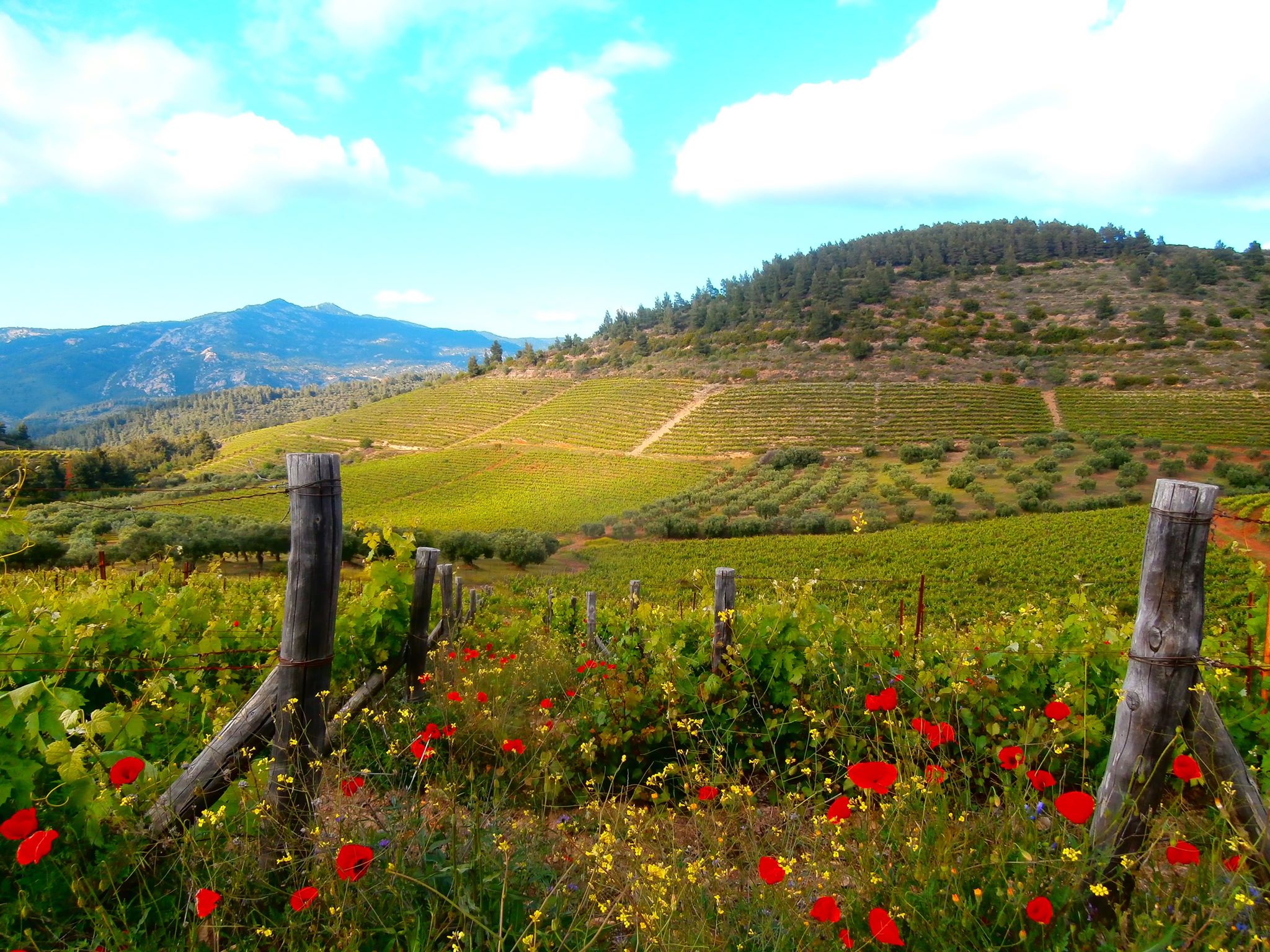
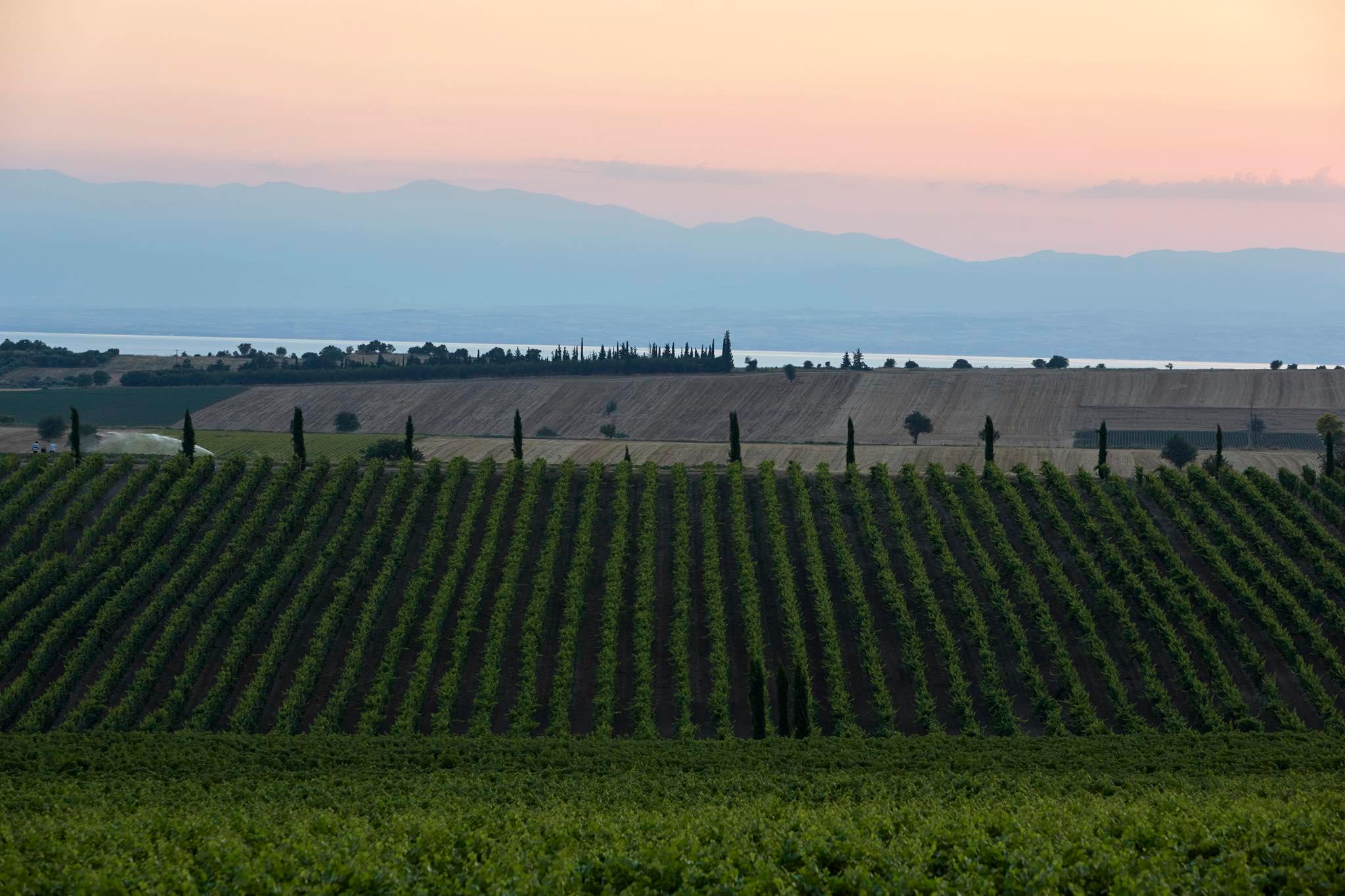
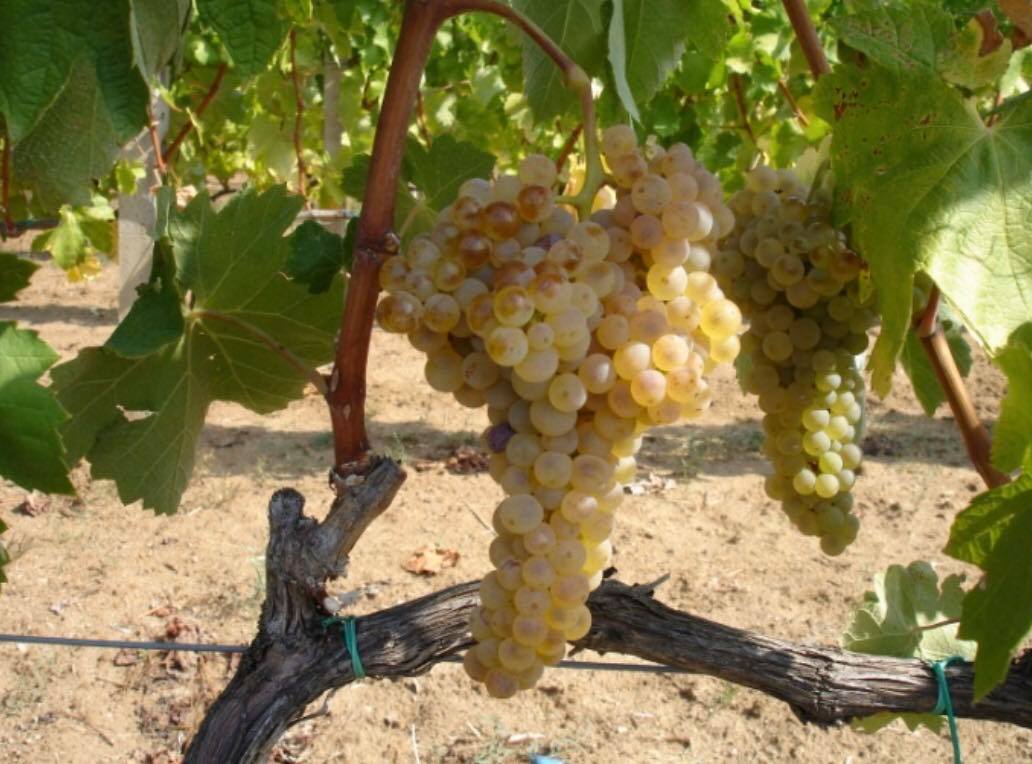
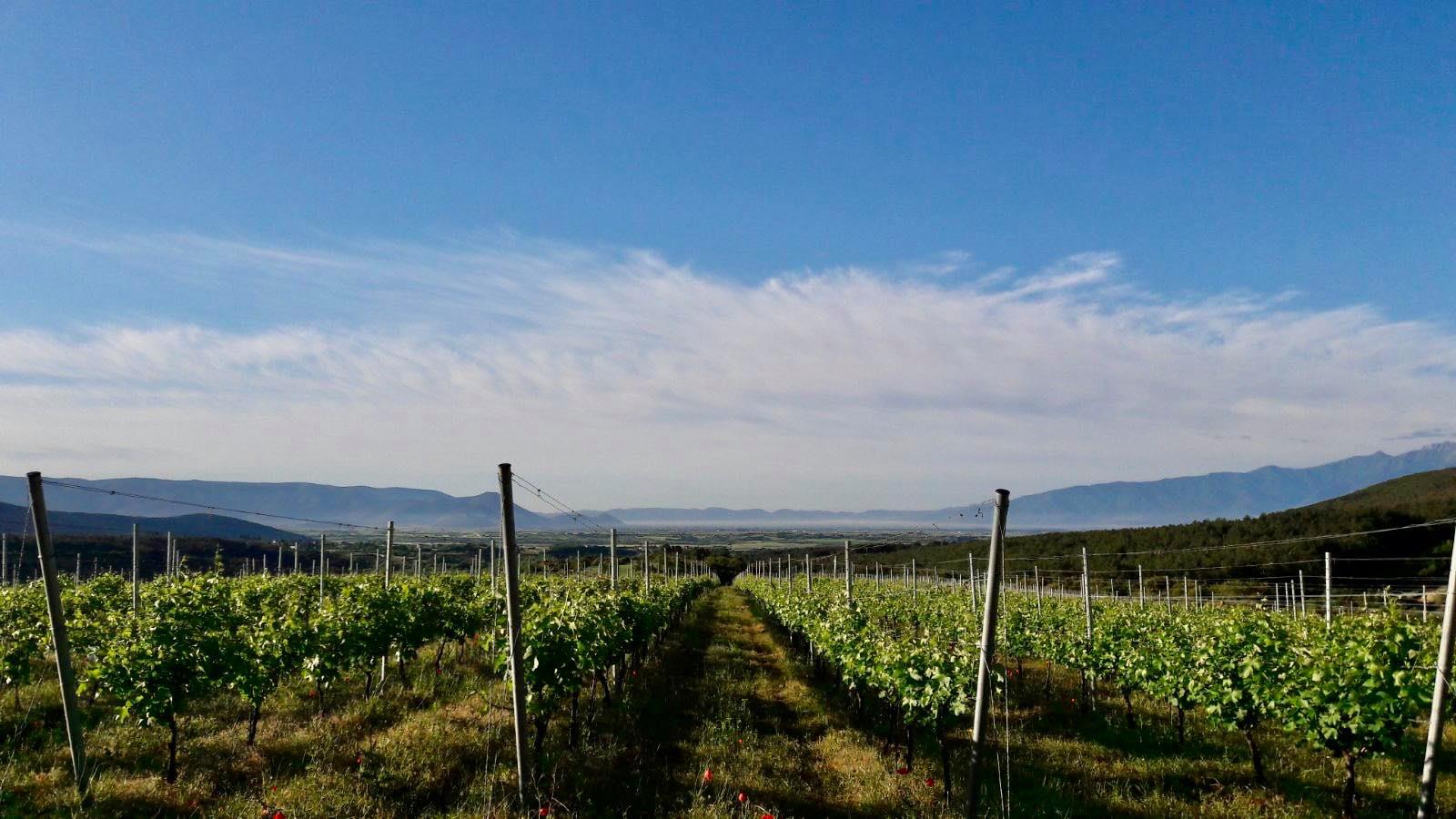
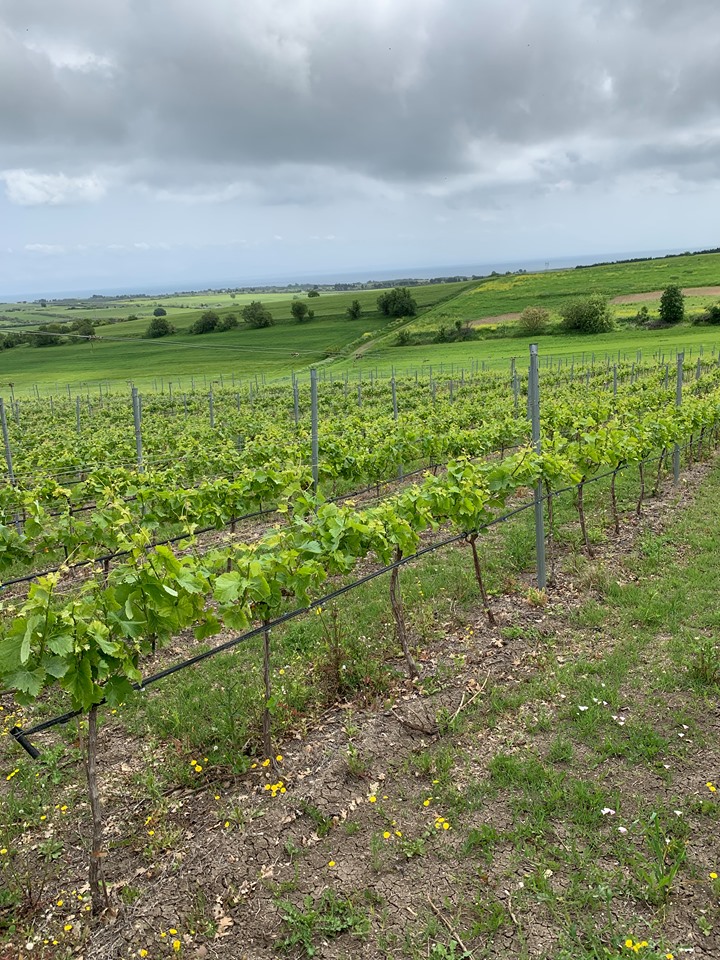
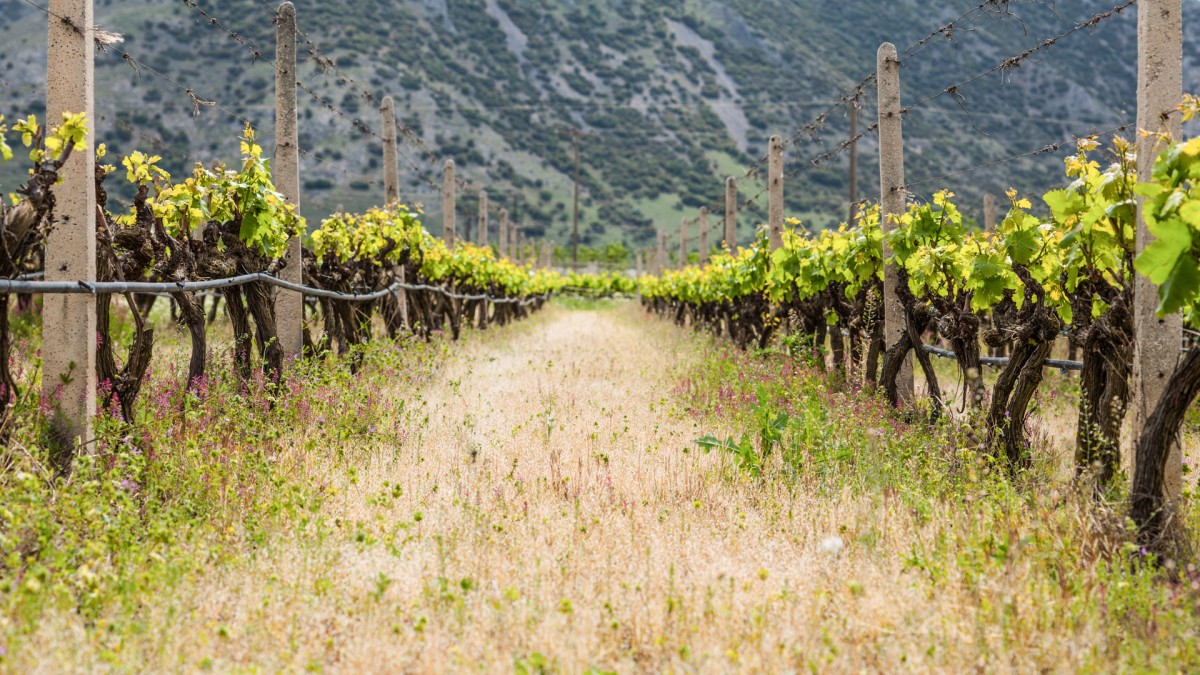
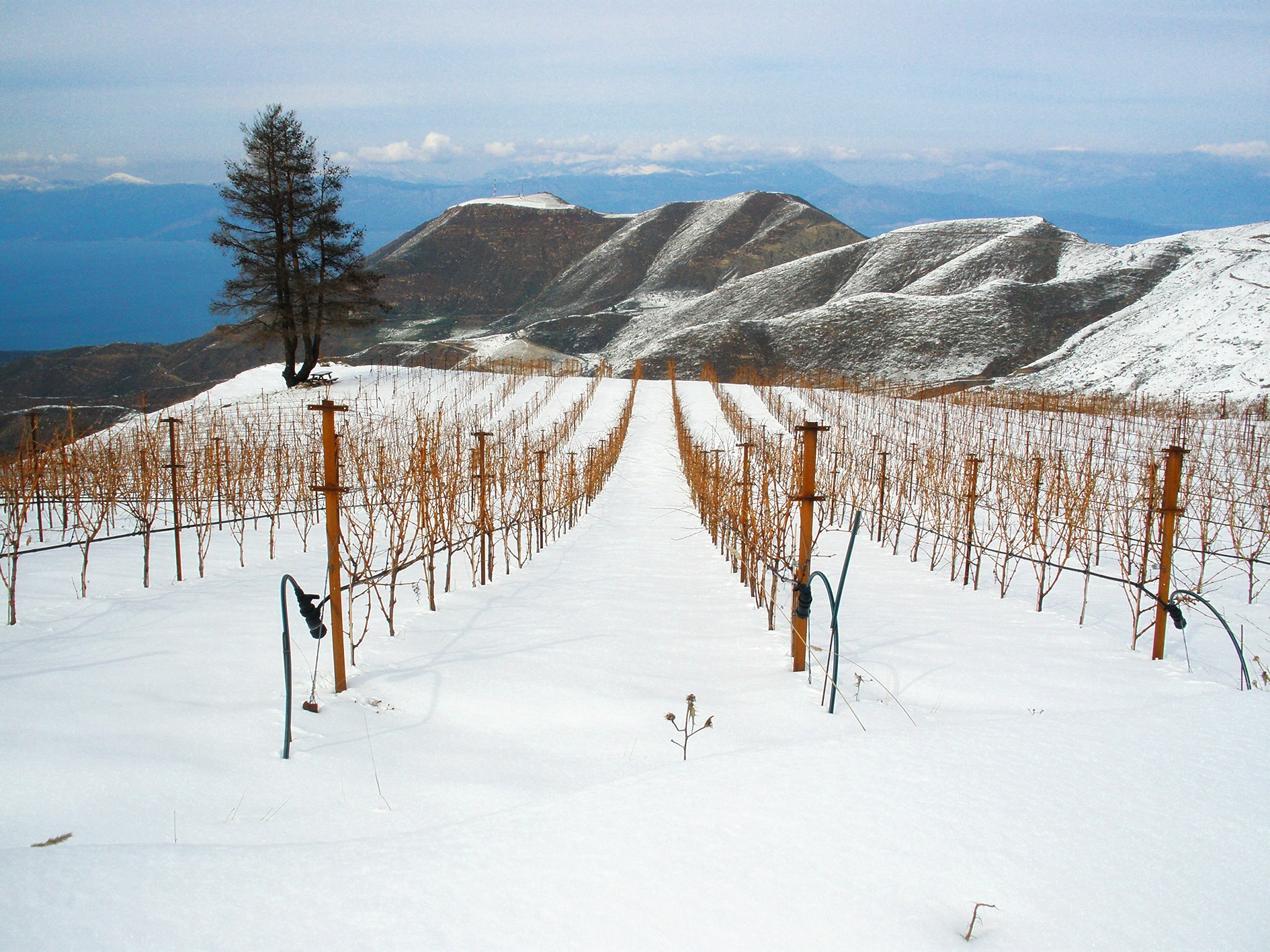
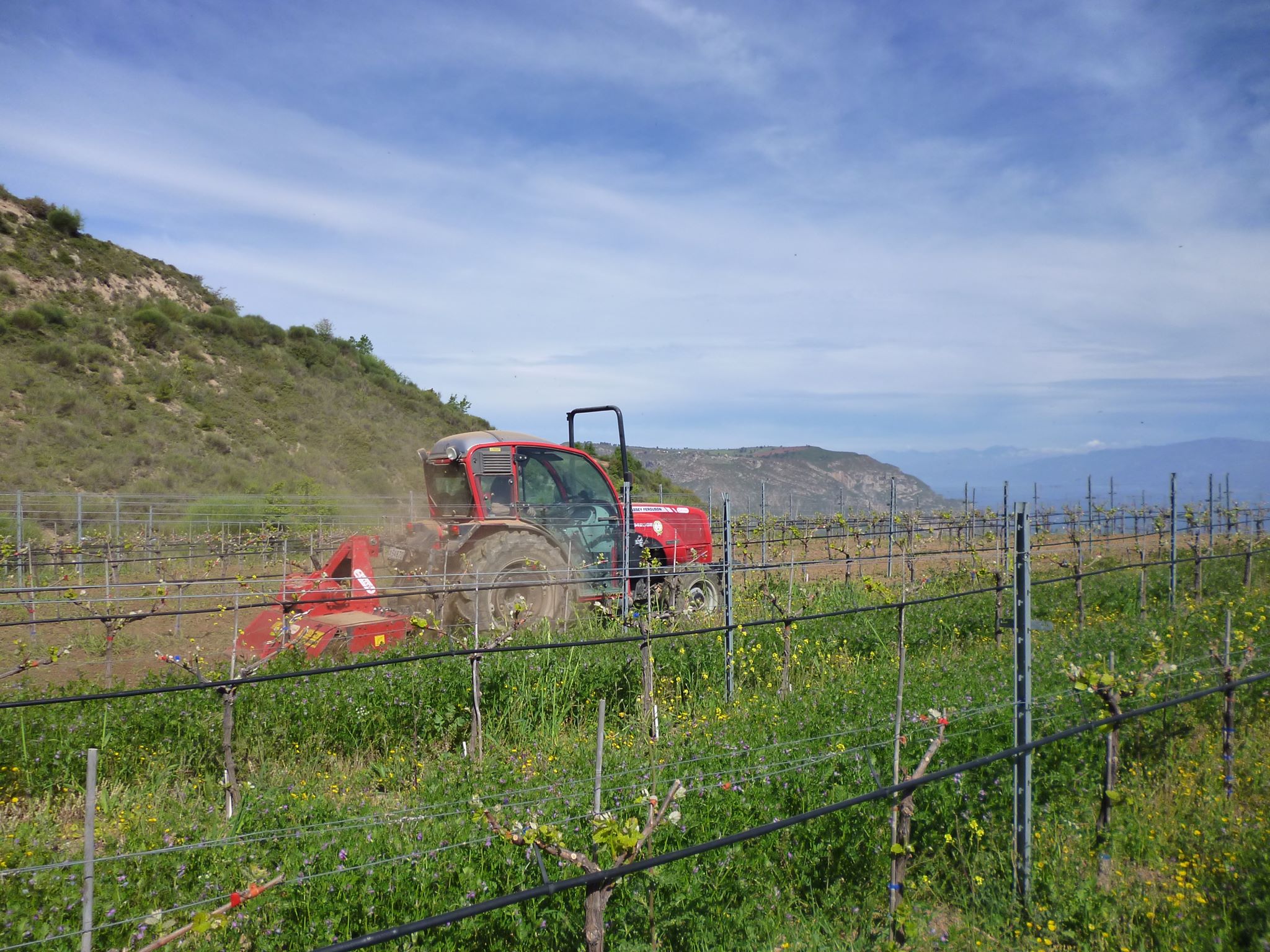




I have written an article -in Greek only -with currents numbers https://www.karakasis.mw/nea-statistika-stoiheia-gia-ton-elliniko-ampelona
I will do the same in English.
Gentlemen,
Where might one find the current # of hectares for indigenous varietals grown in Greece?
Malagousia, for instance, has increased quite noticeably (Its plantings far exceed 500 hectares of vines) and yet VIVC showed only 22.8 in 1999 with a marginal increase by 2010 to 182 hectares only to drop to 126 in 2016 (Kym Anderson - Univ. of Adelaide).
My objective (Autoctovino) is to promote rarer indigenous varietals. Whatever info you could provide would be most helpful
Thank you
kenhayden@autoctovino.com